Breadcrumb
Implementing earned value management using bridge information modeling
Building Information Modeling (BIM) has widely become an effective tool in engineering and construction fields. It could be used in: generating shop drawings; detecting clashes; estimating quantities; and controlling documents. Applying BIM technology on bridges is named Bridge Information Modeling (BrIM). Bridge Information Modeling (BrIM) is an intelligent representation of bridges since it contains all information needed about bridges through their whole lifecycle. This paper presents the use of Building Information Modeling in cost and time management of infrastructure bridges. BIM-based
Integration of a 2-D periodic nanopattern into thin-film polycrystalline silicon solar cells by nanoimprint lithography
The integration of 2-D periodic nanopattern defined by nanoimprint lithography and dry etching into aluminum-induced crystallization-based polycrystalline silicon thin-film solar cells is investigated experimentally. Compared with the unpatterned cell, an increase of 6% in the light absorption has been achieved thanks to the nanopattern, which, in turn, increased the short-circuit current from 20.6 to 23.8 mA/cm2. The efficiency, on the other hand, has limitedly increased from 6.4% to 6.7%. We show using the transfer length method that the surface topography modification caused by the
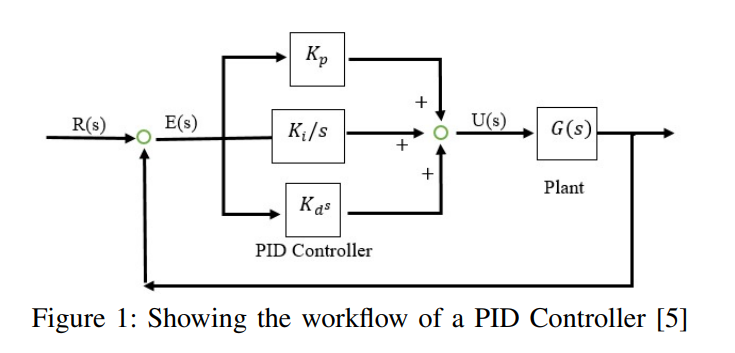
Wastewater Treatment Model with Smart Irrigation Utilizing PID Control
In this paper the activated sludge wastewater treatment process is modeled mathematically and explored. In addition, irrigation was recommended as a valid application for the reuse of wastewater. Other wastewater treatment processes (WWTP) were compared to the one chosen to justify the choice and a detailed expiation of the general wastewater treatment process was provided. Furthermore, PI, and PID controller were developed to further improve the performance of the activated sludge process. The controllers were devolved and tuned using MATLAB, and SIMULINK, and had a positive correlation on
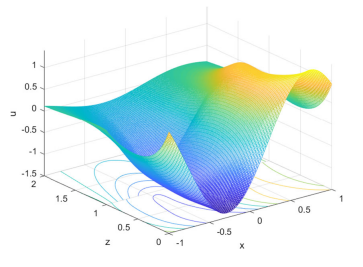
Thermoelastic wave propagation in a piezoelectric layered half-space within the dual-phase-lag model
We investigate linear, thermoelastic wave propagation in a layered piezoelectric material composed of a slab bonded to a half-space substrate of a dissimilar material, within dual-phase-lag model and under thermomechanical loads. One of the aims of the present work is to formulate a set of boundary conditions that is compatible with the field equations. Normal mode technique is used to obtain a solution to the considered problem. The model allows for a jump in temperature at the interface, and this can be used to evaluate a material constant of the slab. It turns out, particularly, that a
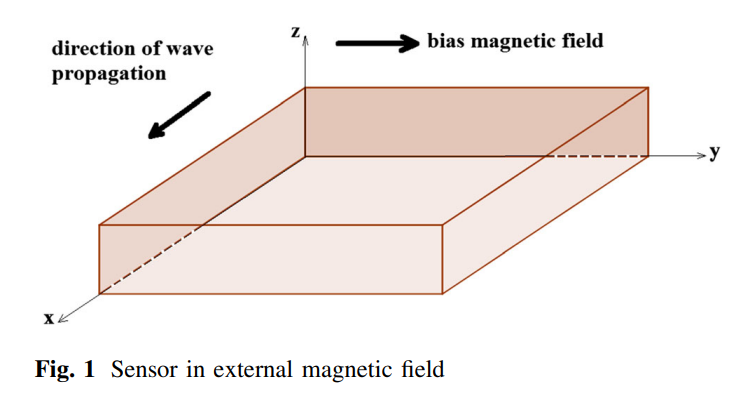
Magnetic field effect on piezo-thermoelastic wave propagation in a half-space within dual-phase-lag
The current work is concerned with the study of wave propagation in a half-space of a piezo-thermoelastic material under a bias tangential magnetic field within dual-phase-lag (DPL). This is relevant to the design and performance of piezoelectric devices working under a bias magnetic field, for example, the DC magnetic field piezoelectric sensors widely used in various areas of technology. The characteristic time for the problem under consideration is in the range of picoseconds, which is comparable to the thermal relaxation times in many metals. Exact analytic expressions for the mechanical
Two-dimensional heat conduction in a rigid thermal conductor within the dual-phase-lag model by one-sided Fourier transform
An exact analytical solution in closed form is obtained for a two-dimensional initial-boundary-value problem of heat wave propagation in a thick slab of an anisotropic rigid thermal conductor within the dual-phase-lag model. One-sided Fourier transform technique is used to obtain a formal solution. The method requires an essential change of the dependent variable in order to guarantee a suitable asymptotic time behavior of the unknown function. The solution satisfies prescribed boundary temperatures and zero initial conditions. Numerical results are presented to put in evidence the effect of
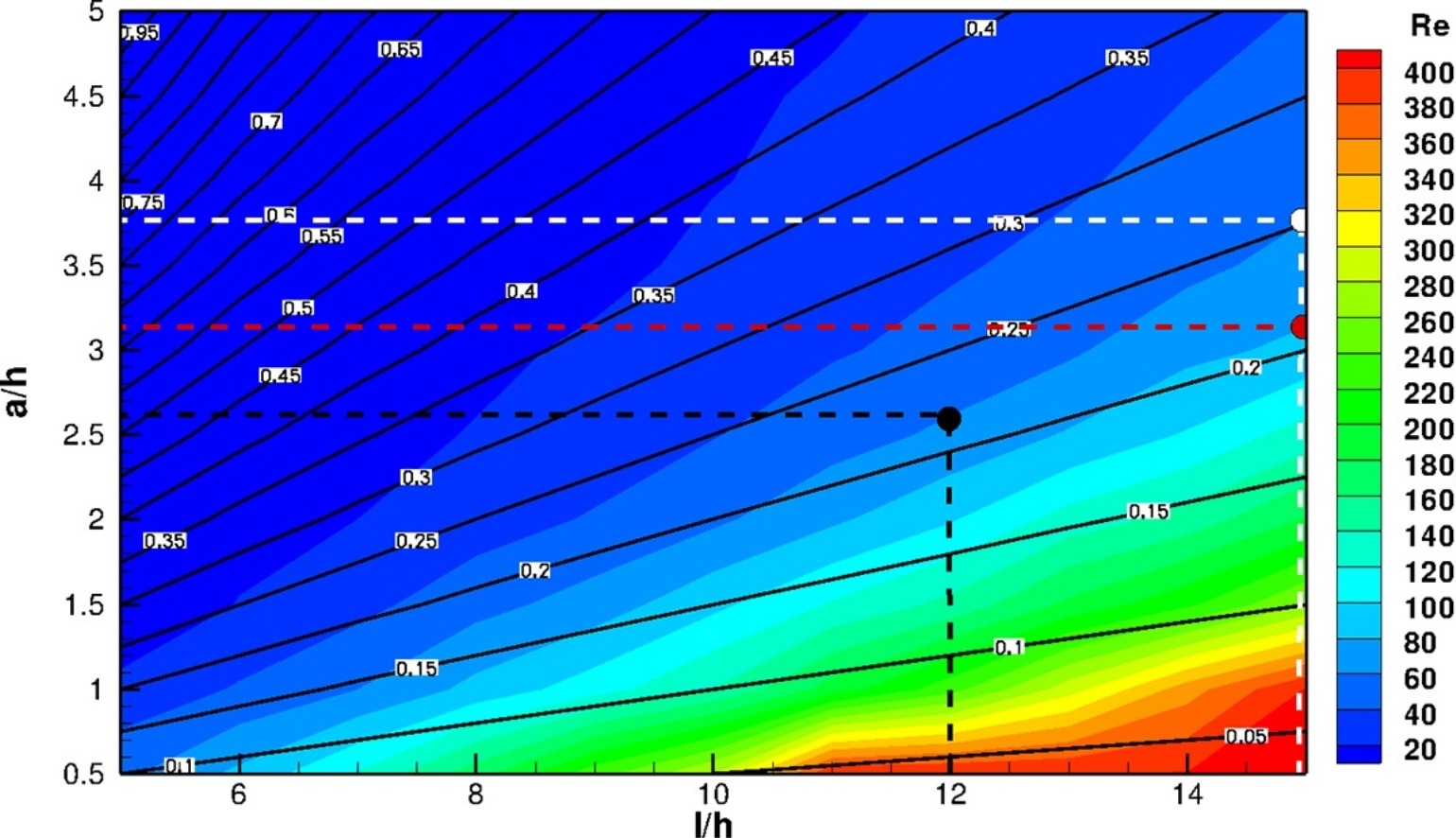
A Hydro-Kinematic approach for the design of compact corrugated plate interceptors for the de-oiling of produced water
A Hydro-Kinematic approach is proposed for the design of compact corrugated plate interceptors (CPIs) for the de-oiling of produced water. For a given set of design targets of a specific flow rate, maximum retention time and minimum captured oil droplet diameter, the Hydro-Kinematic approach proposes a systematic way to determine the CPI unit dimensions and operating conditions with the minimum volume and area per unit input flow rate. The approach takes into account the hydrodynamic constraints in the design of the CPI imposed by the behavior of the dispersed oil droplets in response to the
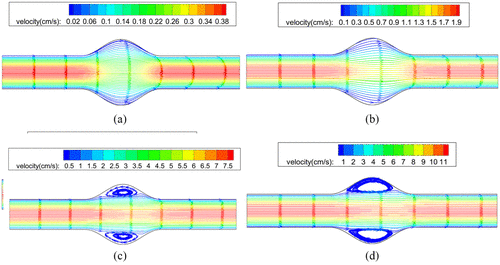
Numerical simulation of Oldroyd-B fluid with application to hemodynamics
Oldroyd-B viscoelastic fluid is numerically simulated using the stabilized Galerkin least squares finite element method. The instabilities due to the connective nature of the Oldroyd-B model is treated using the discrete viscous elastic split stress method. The model is used to study the behavior of the flow of blood through an abdominal aortic segment. The results show that the viscoelastic nature of the blood should be considered specially at low shear rates. © The Author(s) 2019.
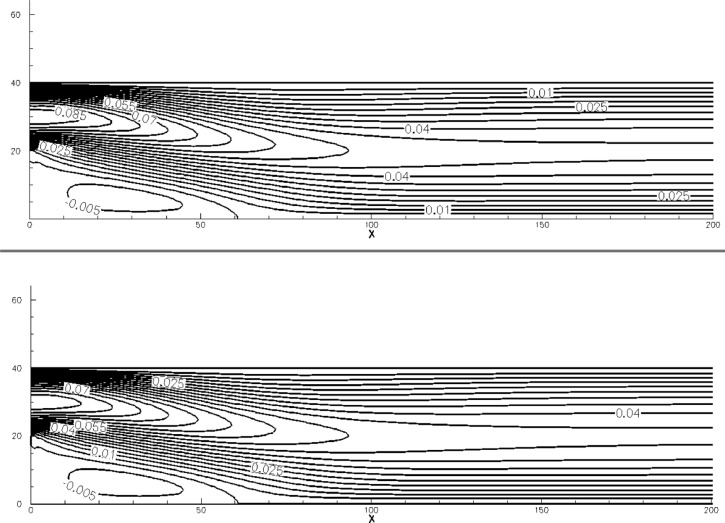
An Asymptotically Adaptive Successive Equilibrium Relaxation approach for the accelerated convergence of the Lattice Boltzmann Method
A new approach is proposed to accelerate the convergence of the Lattice Boltzmann method for steady-state problems. The proposed approach uses an adaptive relaxation frequency to accelerate the convergence by assigning more weight to selected parts of the standard algorithm corresponding to different phases of the convergence to the steady-state solution. The proposed algorithm is simple, straightforward and does not impose any additional computational cost to the standard algorithm. Different simulation cases are presented with the corresponding speedup. Finally, guidelines for the selection
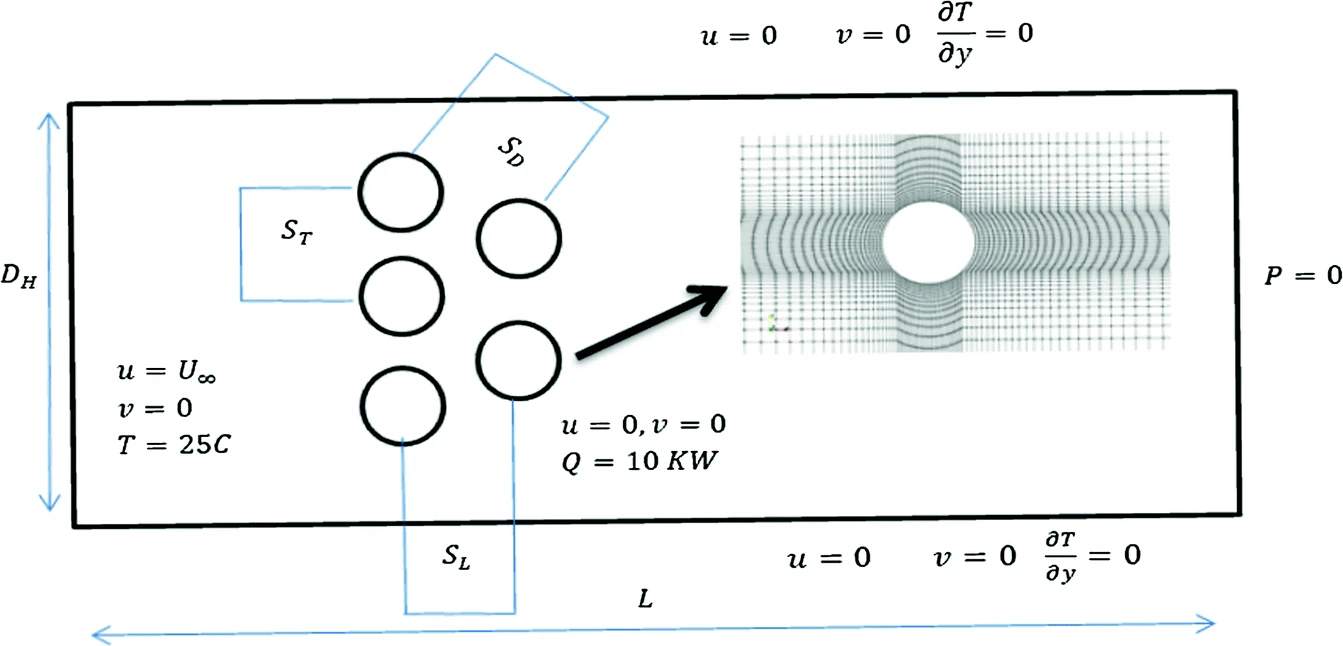
Tuning of PID Controller Using Particle Swarm Optimization for Cross Flow Heat Exchanger Based on CFD System Identification
This paper illustrates the design of proportional–integral–derivative controller (PID) controller of 10 KW air heaters for achieving the set point temperature as fast as possible with minimum response overshoot. Computational fluid dynamic (CFD) numerical simulations are utilized to predict the natural response of 10 KW input power for the air heater. CFD results are validated with experimental empirical correlations that insure the reliability of open loop results. The open loop response of CFD transient simulations is used to model the air heater transfer function and design the classical
Pagination
- Previous page ‹‹
- Page 6
- Next page ››
